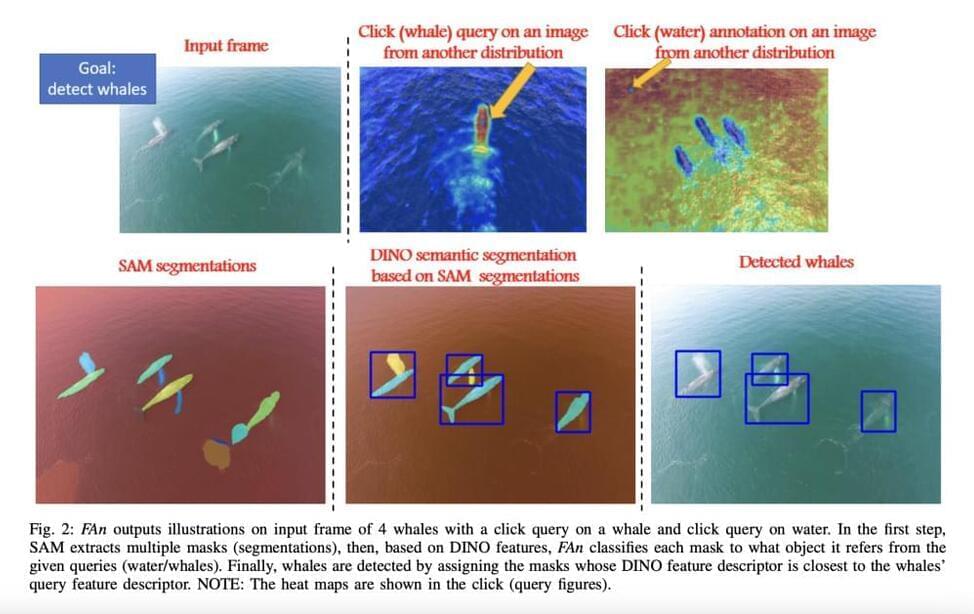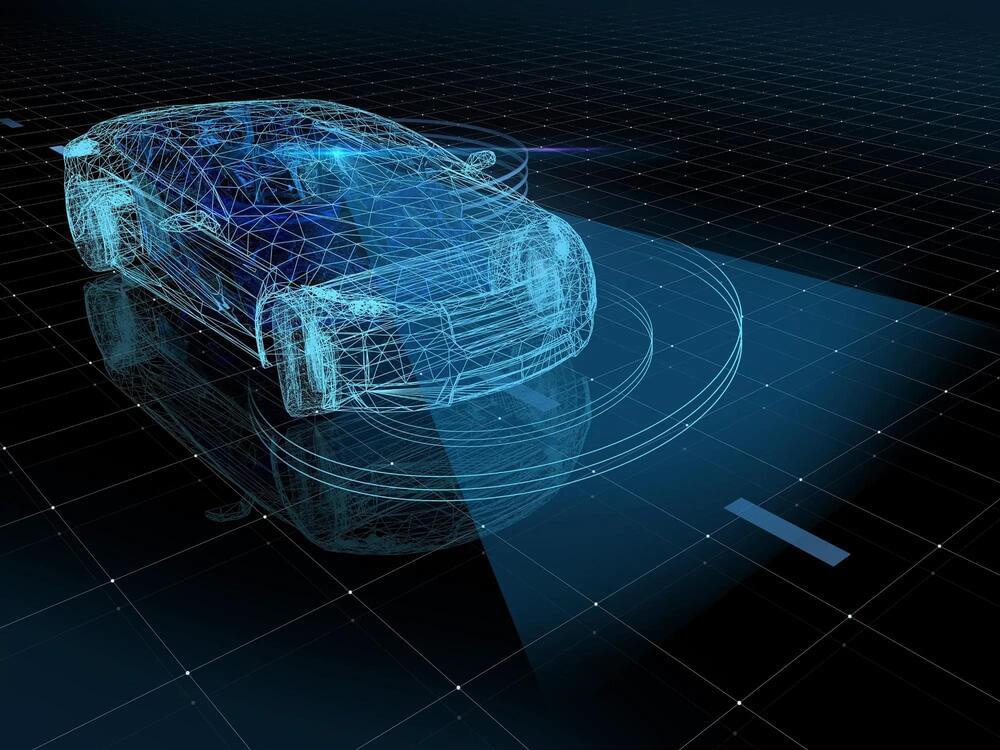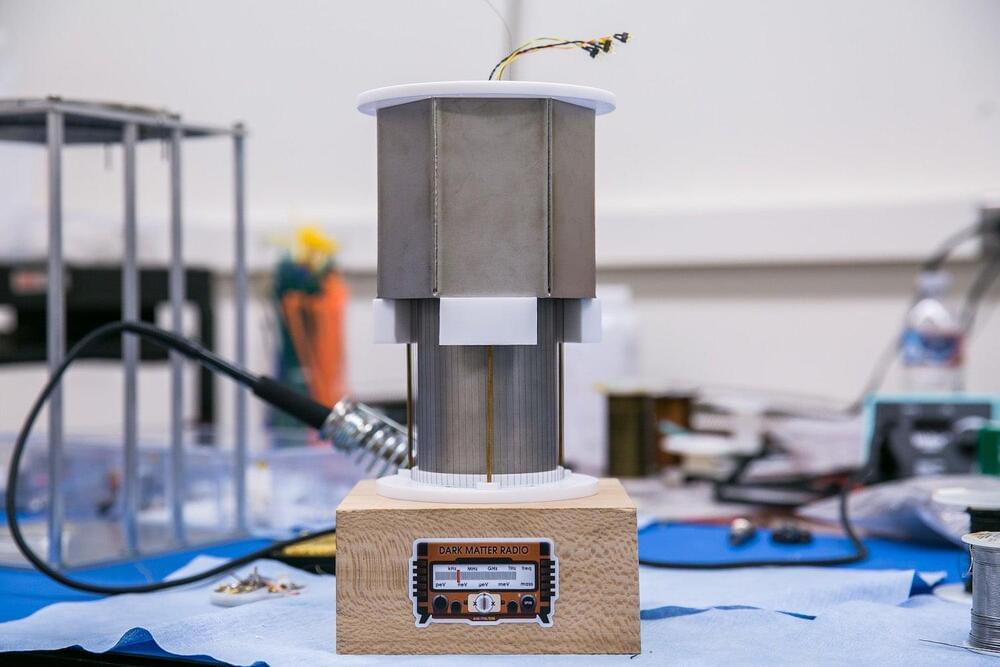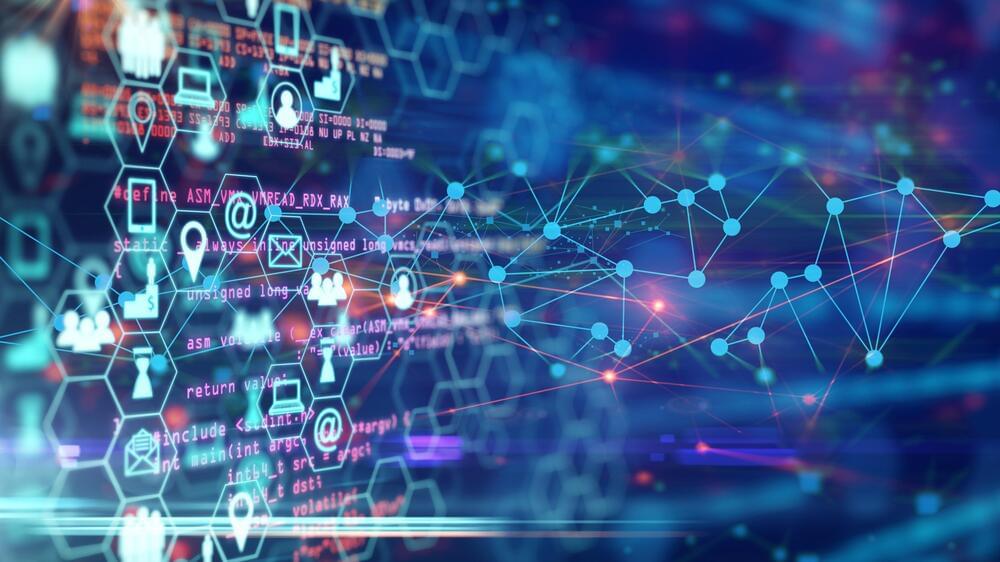In a new AI research, a team of MIT and Harvard University researchers has introduced a groundbreaking framework called “Follow Anything” (FAn). The system addresses the limitations of current object-following robotic systems and presents an innovative solution for real-time, open-set object tracking and following.
The primary shortcomings of existing robotic object-following systems are a constrained ability to accommodate new objects due to a fixed set of recognized categories and a lack of user-friendliness in specifying target objects. The new FAn system tackles these issues by presenting an open-set approach that can seamlessly detect, segment, track, and follow a wide range of things while adapting to novel objects through text, images, or click queries.
The core features of the proposed FAn system can be summarized as follows:








 עברית (Hebrew)
עברית (Hebrew)
